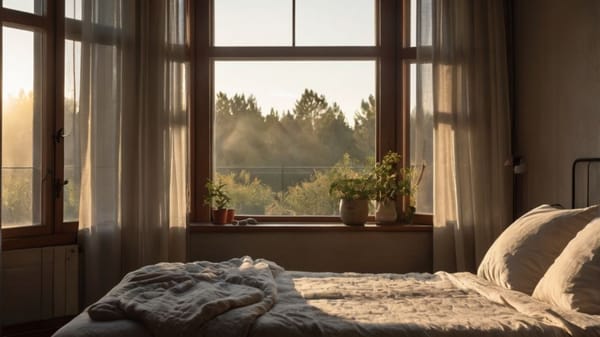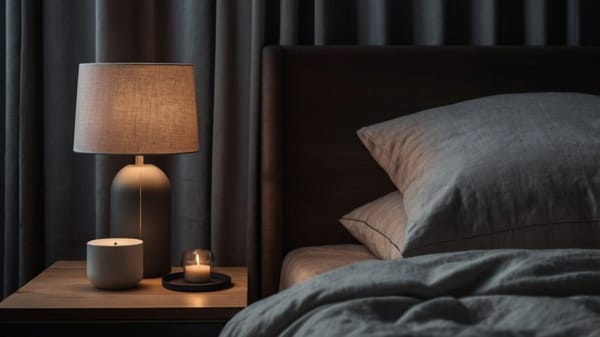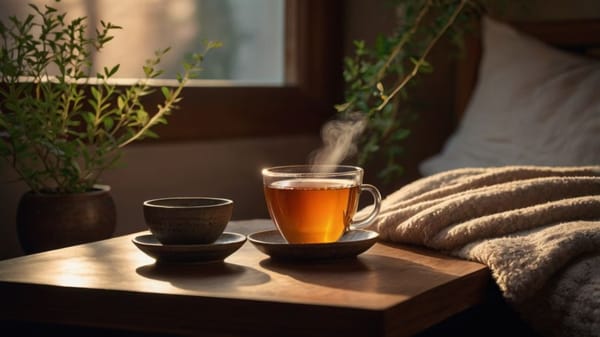Why You Should Keep the Bedroom Cool and Dark
Struggling with poor sleep? Discover how a cooler, darker bedroom can reset your body’s natural rhythms for deeper, more energizing rest.
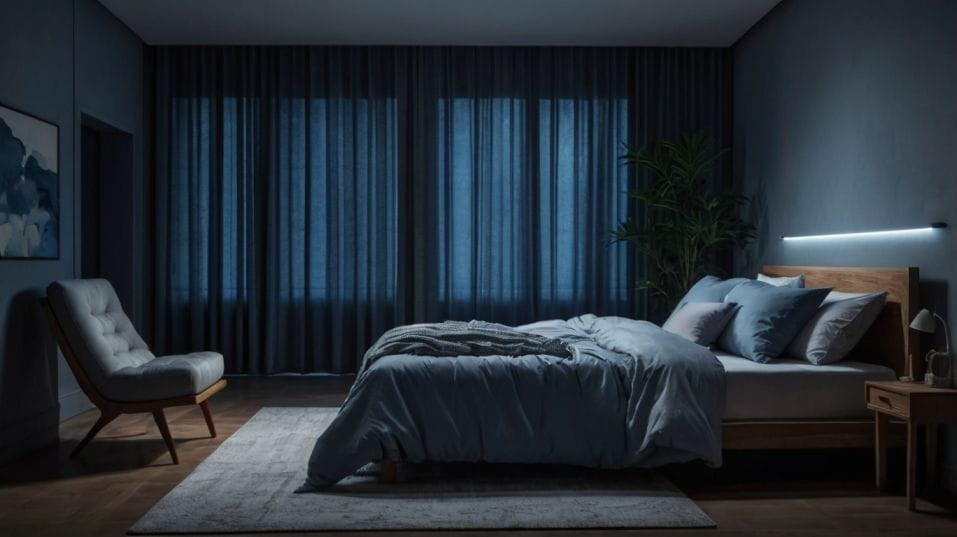
Ever wonder why your sleep still sucks—even after ditching coffee and trying meditation? The answer might be as simple as what’s happening in your bedroom.
No fancy gadgets. No supplements. Just science-backed basics: temperature and light. Your body runs on these cues to know when to sleep—and when not to.
If your nights feel restless and your mornings drag, it’s time to fix the one thing that controls it all: your sleep environment.
Your Body Runs on Temperature and Light Cues
You don’t control when you feel sleepy. Your brain does. It’s wired to respond to two main things: light and temperature.
These two signals tell your internal clock—your circadian rhythm—when it’s time to wind down and when it’s time to wake up. The problem? Modern bedrooms often ignore those cues completely.
Artificial lighting, overheated rooms, screens glowing inches from your face—none of this matches what your body is designed to respond to. If your sleep feels light, short, or broken, this is where to start.
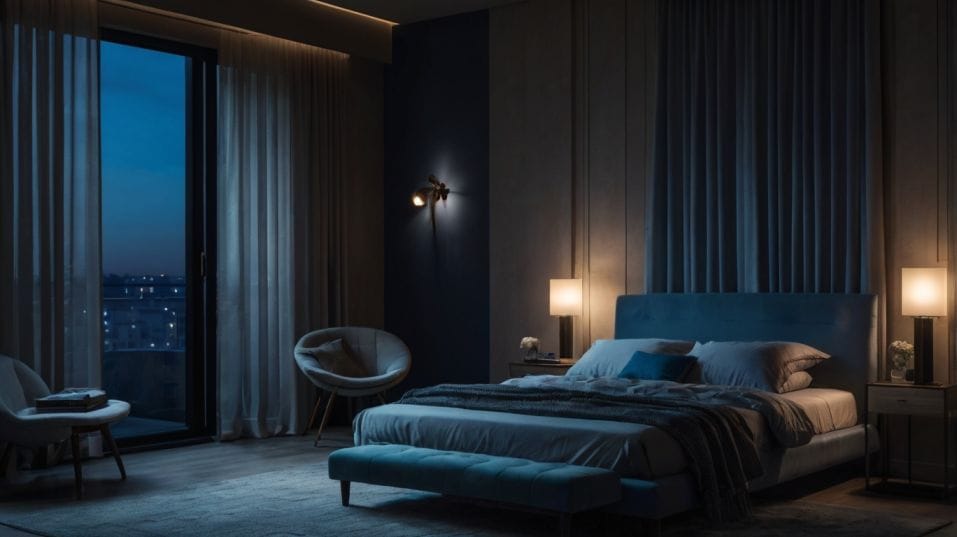
Cooler Rooms = Deeper, More Restorative Sleep
Sleep isn’t just about closing your eyes. It’s a physiological process where your brain and body enter a specific state.
One of the triggers that initiates this shift is a drop in core body temperature. When the room is cool, your body doesn’t have to fight to make that drop happen. It does it naturally. Thermoregulation plays a critical role during sleep.
Your core temperature needs to decrease by about 1 to 2 degrees Fahrenheit for your body to fall into deeper stages of sleep, especially slow-wave sleep—the phase where physical recovery, memory consolidation, and hormonal regulation take place.
The sweet spot for most people? Between 60–67°F (15–19°C). Below that, and you might be too cold to relax. Above that, and you’re likely to wake up sweating, tossing off the sheets, and pulling yourself out of light sleep every hour.
Want to test this? Just lower your bedroom thermostat by 2–3 degrees tonight. You’ll likely fall asleep faster and stay asleep longer. No supplements needed.
What About Bedding and Pajamas?
You don’t have to freeze under thin sheets. Use breathable, moisture-wicking bedding—think cotton, bamboo, or linen.
Ditch heavy, heat-trapping fabrics like flannel or synthetic blends. Same goes for pajamas. Loose, light, and breathable always wins. If your body stays cool without working for it, it’ll reward you with uninterrupted sleep.
Light: The Hidden Saboteur of Quality Rest
The second piece of the puzzle is light. And it’s even more overlooked than temperature.
Light exposure—especially from blue light sources like phones, TVs, tablets, and overhead LEDs—suppresses melatonin production. Melatonin is the hormone your brain uses to tell your body it’s time to sleep.
If your bedroom lets in streetlights, glowing clocks, or hallway lighting, you’re unintentionally telling your brain to stay alert.
Even closed eyelids can’t fully block it out. Studies show even dim light (as low as 5 lux) can disrupt sleep cycles and reduce time spent in restorative sleep stages.
Blackout curtains, sleep masks, and cutting off screen time at least 30 minutes before bed all help.
If you need a light source—say, for reading—opt for a red or amber bulb. These wavelengths have the least impact on melatonin and won’t throw your rhythm off.
And No, “Night Mode” Doesn’t Fully Count
Putting your phone on “night shift” or using a blue light filter is better than nothing—but it’s not the full solution.
You're still taking in mental stimulation, disrupting your wind-down, and keeping your brain active.
Even a few seconds of screen exposure can delay melatonin production by 30 minutes or more. If you want real results, keep screens out of the bedroom.
Or at least put your phone across the room, screen down, and leave it alone once you’re under the covers. This one habit change can seriously improve your sleep quality within a few nights.
The Environment Tells Your Brain What to Expect
Here’s what most people don’t realize: your body learns from consistency. A dark, cool bedroom isn’t just a sleep enhancer—it becomes a nightly trigger.
It trains your brain to associate that space with sleep, which makes falling asleep automatic over time. This is why environmental consistency matters more than occasional hacks.
Every time you walk into a cool, dark space, your body starts winding down before your head even hits the pillow. That’s what you want. That’s how you shift from fighting for sleep to falling into it.
You Don’t Need a Perfect Setup—Just a Smarter One
Think this means you need an expensive blackout system or a high-end smart thermostat? Not at all. You can block light with simple blackout curtains or even a well-fitted sleep mask.
Use a fan or open a window to bring the temperature down. Try cooling bed toppers if your mattress traps heat. The point is to work with your biology, not against it.
Set yourself up once and let the system run. That’s what sustainable sleep optimization looks like.
Final Thoughts
Better sleep starts with better signals. A dark, cool bedroom sends the right message to your brain: it’s time to rest, recover, and reset.
You’ll sleep deeper. You’ll wake up sharper. You’ll start the day without dragging yourself toward caffeine or fighting brain fog.
You don’t need to overhaul your life. Just adjust your environment. Make your bedroom cooler tonight. Block out light tomorrow. Let your body do the rest.
Start now. Not next week. Not when you buy the “perfect” pillow. Tonight, drop the temp, dim the lights, and give your brain what it’s been waiting for. Sleep, finally, the way it was meant to be.

